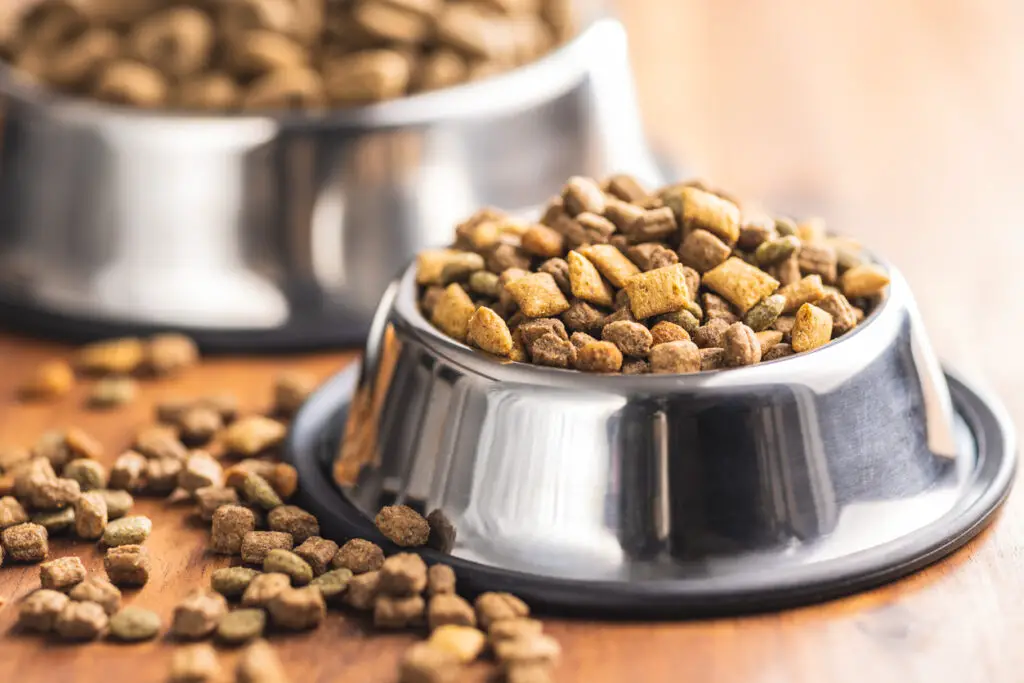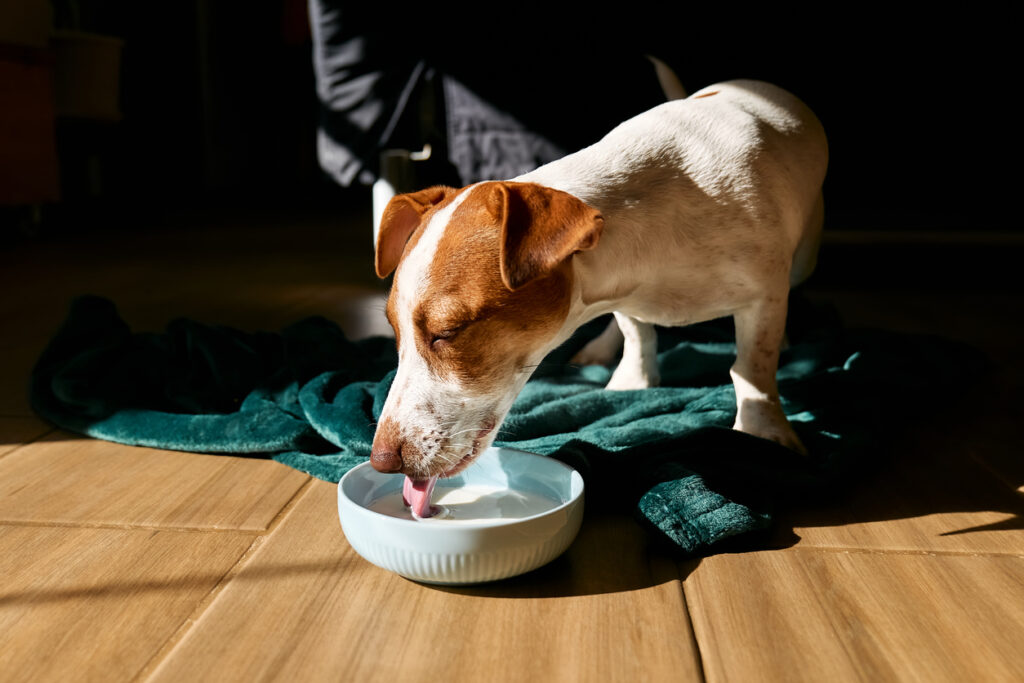1. Wild Birds Spreading Contaminants

Bird flu isn’t just a distant threat—it can easily make its way to your pet’s food. Wild birds, especially ducks and geese, naturally carry avian influenza and shed the virus through their droppings, saliva, and feathers. If they land near your home, they can unknowingly leave behind traces of the virus on surfaces where your pet eats. Even a breeze carrying dried bird droppings or a water droplet from a contaminated birdbath can expose your pet’s feeding area to infection.
Pets are naturally curious, often sniffing or licking objects they find outside. If they ingest contaminated particles before or after eating, they could be at risk. The chances of pets catching bird flu are low, but scientists stress that limiting their exposure to wild birds is crucial. Cleaning food bowls regularly, keeping feeding areas away from open spaces, and avoiding areas frequented by wild birds can reduce the risk.
2. Open Food Bowls Attract Pests

Leaving pet food out may seem harmless, but it can attract more than just your furry friend. Open bowls invite rodents, insects, and even scavenging birds—many of which could carry avian influenza or other harmful viruses. If an infected pest nibbles on your pet’s kibble, contamination can spread without you noticing. The longer food is left exposed, the higher the risk.
Even if your pet eats indoors, open windows or porches can allow unwanted visitors to access their food. Some pet owners unintentionally worsen the risk by feeding stray animals near their pets’ feeding areas. This creates a hotspot for potential contamination. Serving meals at scheduled times, covering pet food, and keeping feeding areas clean can help prevent exposure.
3. Contaminated Water Sources

Water bowls might seem like the safest part of your pet’s feeding routine, but they can be a hidden source of contamination. If placed outside, they can easily collect bird droppings, dust, or debris carrying traces of avian influenza. Even a single infected droplet can introduce the virus to your pet’s drinking water. Outdoor fountains, shared water bowls, or even puddles near feeding areas can also become problem spots.
Pets often don’t think twice before drinking from an interesting water source, whether it’s their bowl or a random puddle. If they consume contaminated water, they could be exposed to more than just bird flu—bacteria and parasites can also lurk in untreated water. Keeping water bowls indoors, cleaning them frequently, and providing fresh, filtered water can lower the chances of infection.
4. Cross-Contamination from Surfaces

Your pet’s food doesn’t need to be directly exposed to infected birds to become contaminated. The virus can linger on surfaces like shoes, hands, or even grocery bags that come into contact with pet bowls and food storage areas. If you walk through a park or backyard where birds frequent and then handle your pet’s food, you could unknowingly transfer harmful particles.
Many pet owners don’t realize how easily germs travel, especially when storing food in garages, basements, or sheds that may also attract wild animals. Regularly washing hands before handling pet food, disinfecting food storage areas, and keeping bowls off the ground can help minimize the risk. Small habits like wiping your shoes and using designated feeding areas can make a big difference in keeping your pet safe.


